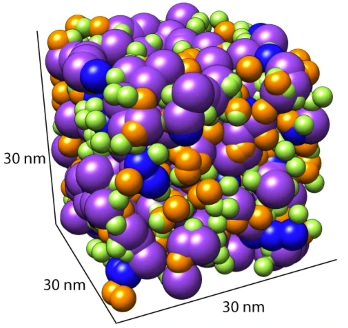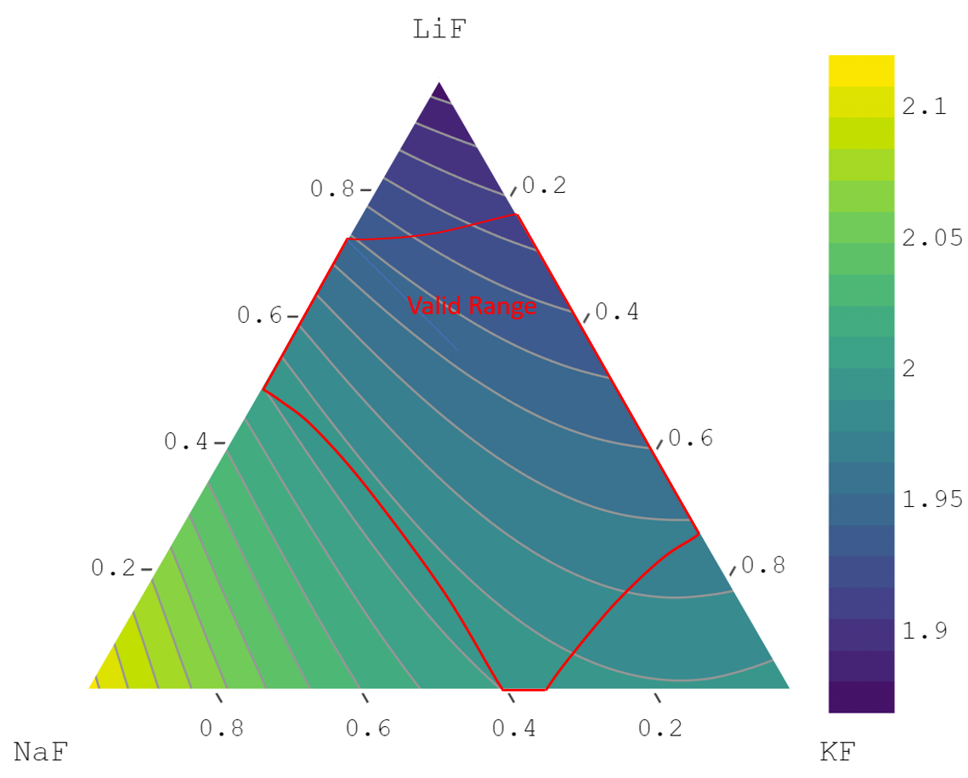Estimation
Experimental measurement of thermophysical properties is incredibly challenging and costly due the high temperature required, potential toxicity (Be/F based salts), and radioactive conditions that many high interest salts require. Very few facilities have the capabilities to measure one of the thermophysical properties under these conditions let alone all of them. Therefore, there has been a push to develop computational methods to accurately characterize these thermophysical properties.
Two Categories:
Currently, there are large gaps in thermophysical data for key salts identified. With the expense, time and difficulty in to conducting such a large amount of experiments, estimation techniques will play a major role in starting to fill these gaps.

